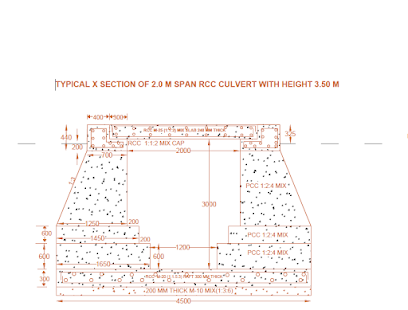Bamboo Engineering
🌿 Bamboo in Civil Engineering: The Green Steel of the Future
Introduction
In recent years, sustainability has become a key focus in civil engineering. Traditional construction materials like steel and concrete, though strong and durable, come with high environmental costs. Bamboo, often referred to as “green steel”, is emerging as a powerful alternative due to its strength, flexibility, and eco-friendliness.
Why Bamboo?
-
✅ High Tensile Strength – Comparable to mild steel, making it suitable for reinforcement.
-
✅ Lightweight – Easier to transport and assemble than heavy materials.
-
✅ Fast-Growing & Renewable – Bamboo matures in just 3–5 years, unlike timber which takes decades.
-
✅ Flexible & Earthquake-Resistant – Its natural elasticity helps absorb seismic energy.
-
✅ Aesthetic & Natural – Provides a unique architectural appeal in green buildings.
Applications of Bamboo in Civil Engineering
1. Scaffolding
In many Asian countries, bamboo scaffolding is still widely used for high-rise construction. It is strong, cost-effective, and reusable.
2. Reinforcement in Concrete
Bamboo, when treated and laminated, can be used as an alternative to steel reinforcement in beams, slabs, and low-cost housing projects.
3. Flooring & Roofing
Bamboo strips, planks, and laminates are popular in flooring systems due to their durability and natural finish. Similarly, woven bamboo mats are used in roofing.
4. Bridges & Walkways
Rural communities often build suspension bridges and trusses using bamboo. With proper design, bamboo bridges can handle pedestrian loads effectively.
5. Walls & Partitioning
Bamboo panels and mats are used for lightweight walling, providing insulation against heat and sound while keeping costs low.
6. Green & Eco-Conscious Construction
With the rise of eco-resorts, sustainable homes, and disaster-resistant shelters, bamboo plays a central role as a green construction material.
Challenges & Limitations
While bamboo has huge potential, it also has some limitations:
-
❌ Prone to Termite & Fungal Attack – Needs chemical treatment.
-
❌ Moisture Sensitivity – Can crack or swell without proper curing.
-
❌ Non-Standardized Sizes – Strength and diameter vary across species.
Solutions & Preservation Methods
To overcome these drawbacks, engineers use:
-
🔹 Seasoning & Drying – Reduces moisture content.
-
🔹 Chemical Treatment – Borax, boric acid, or resin coatings.
-
🔹 Lamination & Composites – Increases strength and durability.
Conclusion
Bamboo is no longer just a “poor man’s timber”. With proper treatment and engineering applications, it is becoming a sustainable substitute for steel and timber. Its high strength, renewability, and low carbon footprint make it a crucial material for the future of eco-friendly civil engineering.



Comments
Post a Comment
If u have any doubts please let me know